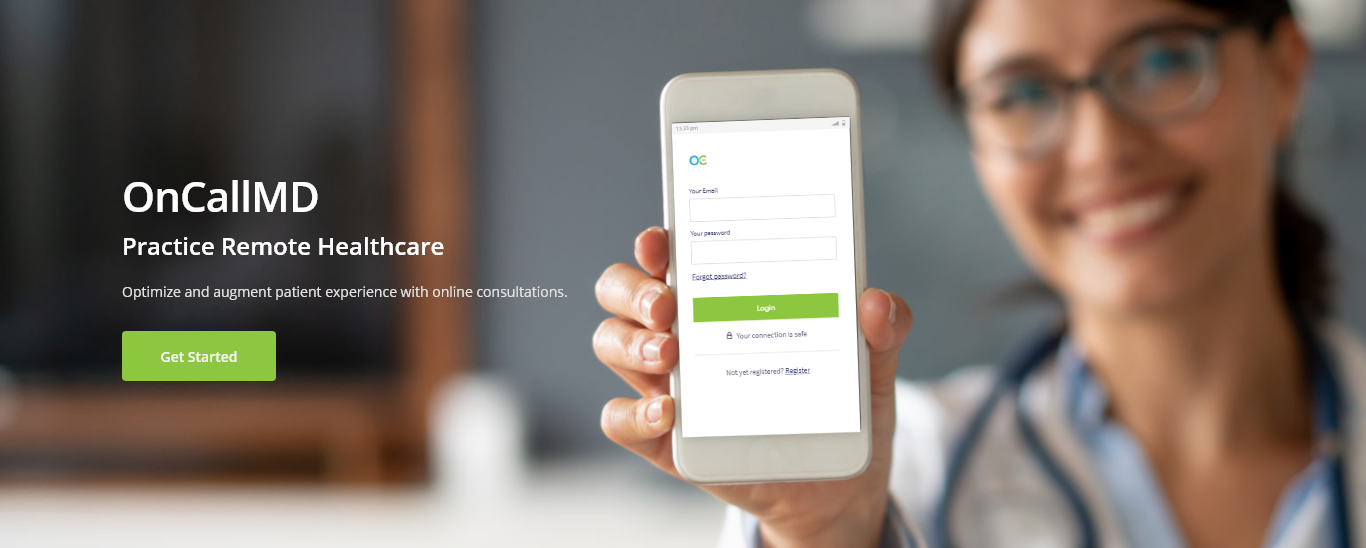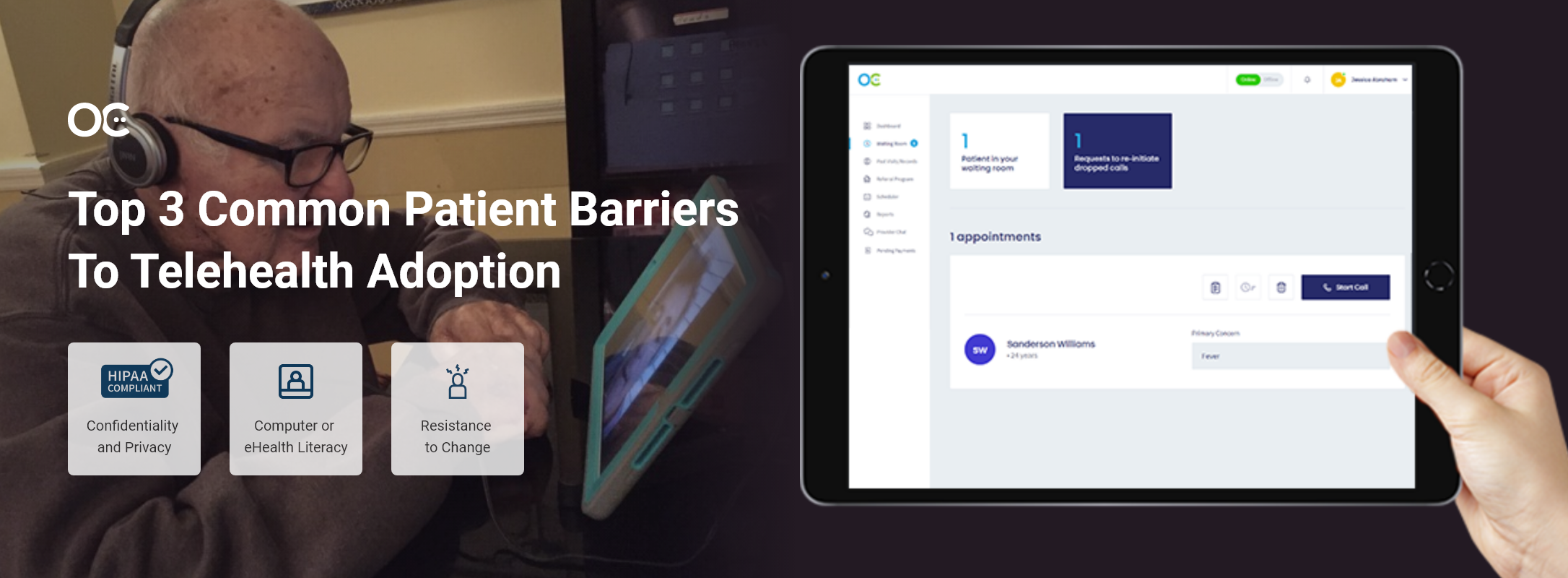

Telehealth increases access to both general and specialized healthcare services remotely. It delivers care to rural areas, offers providers greater flexibility in scheduling, and saves patients’ time and money in seeking medical care. In addition, it complements conventional healthcare practices, especially during the time of a global pandemic.
The World Health Organization encourages the usage of technology in the delivery of health care services when it stated,” The delivery of health care services, where distance is a critical factor, by all health care professionals using information and communication technologies for the exchange of valid information for the diagnosis, treatment and prevention of disease and injuries, research and evaluation, and for the continuing education of health care providers, all in the interests of advancing the health of individuals and their communities.”
Though telehealth’s for medical specialties help reduce both location and time-specific barriers between healthcare providers and patients, there are several patient barriers that prevent patients from making the most of telehealth services. More often, the patients lack the expertise and technology to access telehealth services owing to poor e-Health literacy and patient data security concerns.
Patients have reservations about data security issues over telehealth platforms. They might be apprehensive about sharing their personal information and health information via online video conferencing since they’re unaware of the federal regulations like HIPAA compliance for telehealth software that ensures patient data security. However, it’s an undeniable fact that telehealth services provided over unsecured platforms and networks can result in data security threats. HIPAA-compliant telehealth apps like OnCallMD provides advanced telehealth services for a wide range of medical specialties along with patient data security features in line with the established federal regulations.
Awareness about telehealth, e-literacy, and accessibility to the right technology are few of the major barriers in the adoption of telehealth services among patients in the U.S. More often, elderly patients have a lack of exposure to and training in the new technology like video conferencing and virtual chats. Likewise, patients across all age-group invariably share a common perception that telemedicine would not be as effective as in-person visits to a doctor’s office. As a result, providers will need to consider and accommodate their patients’ preferences for personal communication along with proper eHealth training. They can gradually promote telehealth services along with their regular medical practice through online training and live Q&A sessions on telehealth platforms for patients.
OnCallMD’s Chief Medical Officer, Dan McDyer, MD, is ensuring that the obstacles to patient telehealth adoption are minimized with our platform. “We spend a lot of effort and programming time to create solutions to these barriers so that more patients can experience the benefits of telehealth. We know that change is painful for anyone. That is why we have focused on maintaining a simple account enrollment process and intuitive use of the platform to create a friendly and simple user experience so that e-literacy is not a barrier and so that this change in the approach to obtaining healthcare becomes a preferred point of access for patients and physicians alike.”
Technology-acceptance is a huge factor that affects telehealth adoption among patients. Incentives and rewards can encourage patients to opt for telehealth services as and when required. Providers can promote remote healthcare via telehealth apps from the convenience of patients’ homes in order to save time and expenses resulting from conventional medical care as well. Though it would require a considerable amount of time for patients to adopt new technology, especially in healthcare, it will help patients benefit from better efficiency and performance among providers and healthcare organizations in the long-term.
“Statistically speaking, over 60% of patients recently surveyed would prefer to speak with their own, familiar health care provider rather”, said David Hanowski CEO of OnCallMD. “By seeing a familiar face on a telehealth visit, the apprehension immediately goes away.”
HIPAA-compliant OnCallMD is closely working with leading healthcare institutions and providers from different medical specialties to improve the rate of telehealth adoption among patients in the U.S. The patients require proper awareness, training, and access to the right technology in order to make telehealth adoption possible across the country. The policymakers and healthcare organizations along with the providers and payers need to work together towards implementing highly secure, patient-friendly telehealth platforms and telehealth services to accelerate telehealth adoption.